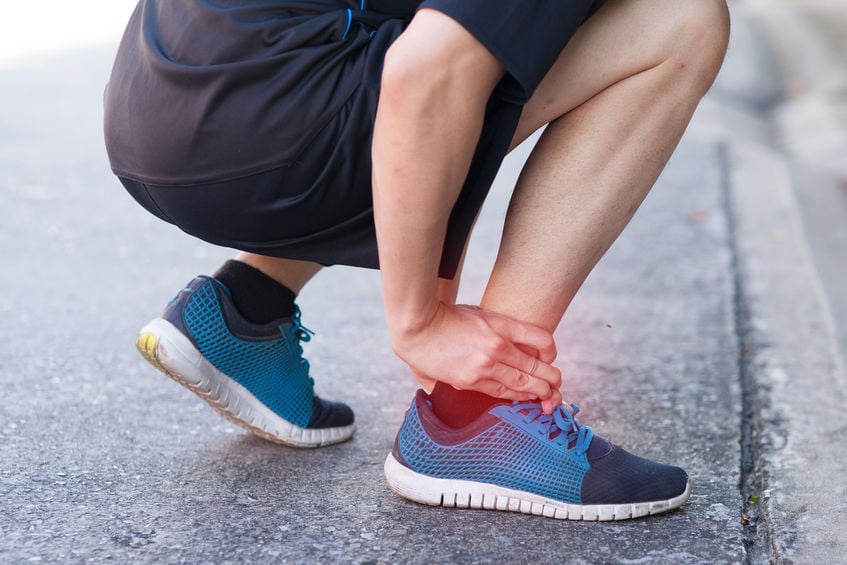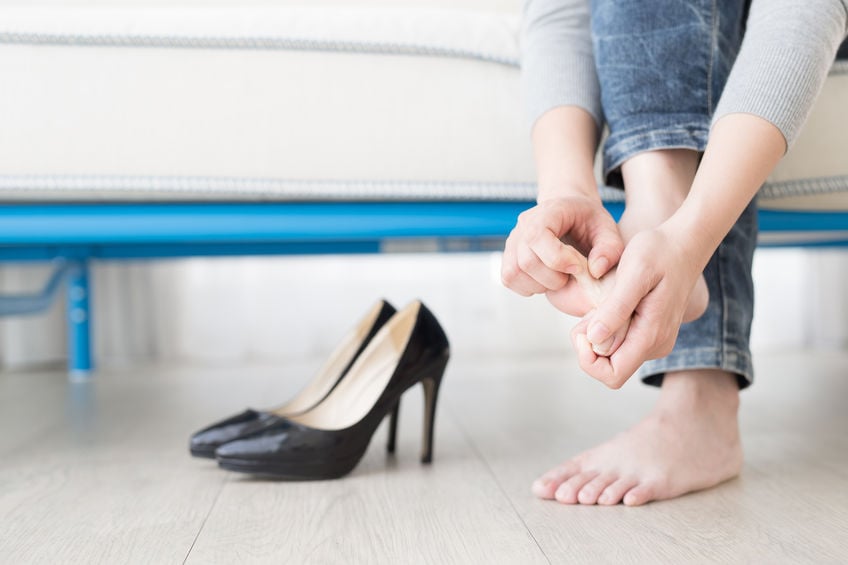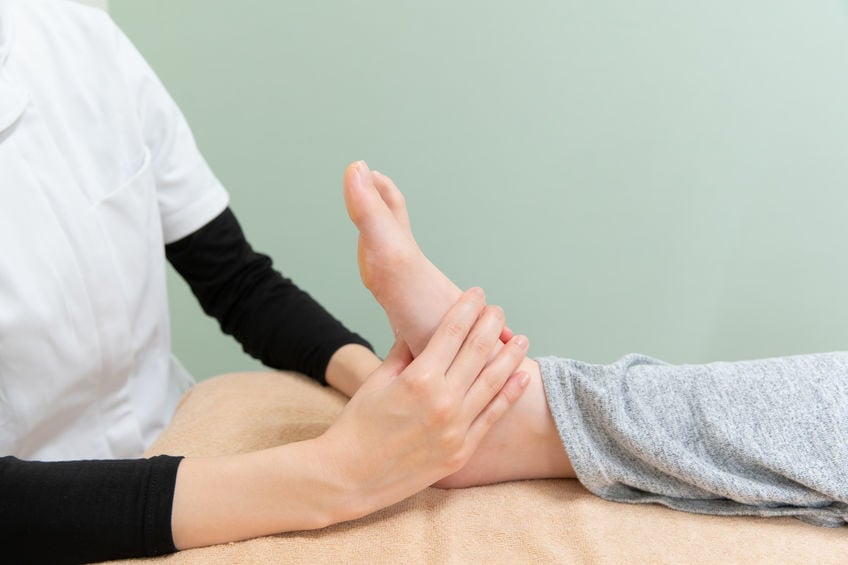Recovering From Foot Surgery
Very few people look forward to surgery. In some cases, the treatment solution is necessary because an issue that’s either dangerous or impacts the quality of life has arisen. For athletes or weekend warriors, foot issues can sideline activity and even curtail careers. Sesamoiditis is a condition that often affects dancers, runners, and catchers in baseball. Along with undergoing sesamoid removal to correct the problem, following a prescribed recovery plan is critical for proper healing and returning to normal life.

What is sesamoiditis
While most bones in the body are connected to other bones, a few unique structures are not. In particular, these bones are connected to tendons or are lodged in muscle and are known as sesamoids. Although the patella or kneecap is the largest example of a sesamoid, a few independent bones also exist in the foot near the toes. These bones work like pulleys to aid tendons in facilitating muscle movement. Sesamoids are also susceptible to fracture or the surrounding tendons can become inflamed, known as sesamoiditis.
Treating sesamoiditis
Some individuals can opt for non-invasive solutions to treat sesamoiditis. For example, cutting back on activities aggravating the condition is an option for more casually active people. Likewise, opting for over-the-counter (OTC) medications to control discomfort can help. Cortisone injections can sometimes control swelling. Finally, a person can choose to incorporate orthotics like padded insoles or taping the big toe to minimize discomfort. The surgery known as sesamoid excision may be the best course of action. Usually, one of the 2 sesamoid bones at the base of the big toe will be removed.
Initial recovery after surgery
People that have undergone sesamoid removal should understand that recovery will take time. Immediately after surgery, patients will be given a post-op shoe for walking. Most people will be instructed to use the device for at least 4 weeks post-surgery. However, avoid placing too much weight on the front of the foot where the incision is located. Following the recovery, instructions are critical for proper healing. Most people will be advised to ice the affected foot for 20 minutes, at least twice daily, until the initial follow-up appointment. More intensive activities like high-impact exercise, running, or jumping shouldn’t be initiated until roughly 8 weeks after surgery.
Individual timelines vary
While general guidelines exist to give people a timeframe for recovery, runners need to understand that individual timelines will vary. Sesamoids are bones that are critical for balancing the body when in motion. Especially for running, these bones are essential for absorbing shock. So, even though the desire to get back out on the pavement can be strong, taking the time to heal properly is critical to prevent further injury. Sometimes, a person may not be back to full running capacity for up to a year after having the sesamoids removed.
Slow but steady
Remember to start slow and steady when a runner is finally cleared to run again. A person who previously ran an hour a day may need to work back up to such an endurance level. Don’t forget to participate in physical therapy if the practice is recommended, as this activity can aid in improving not just range of motion but possibly even posture and gait when running. Additionally, pay attention to pain and swelling during the recovery period, as protracted discomfort can be a sign that more issues may be present.
More Articles from MVSC
December 14, 2023
Ankle pain is common, but sometimes arthritis is at play. An orthopedic surgeon may recommend subtalar fusion for patients.
November 28, 2023
Is bunionectomy a solution for foot pain caused by bunions? Learn about surgical and non-surgical options before a decision.
September 26, 2023
An Achilles tendon recovery timeline can be long and grueling. With rest and physical therapy, patients can see faster results.
September 19, 2023
Big toe arthritis can cause severe discomfort if left untreated. Hallux rigidus repair can provide extensive relief for patients.







